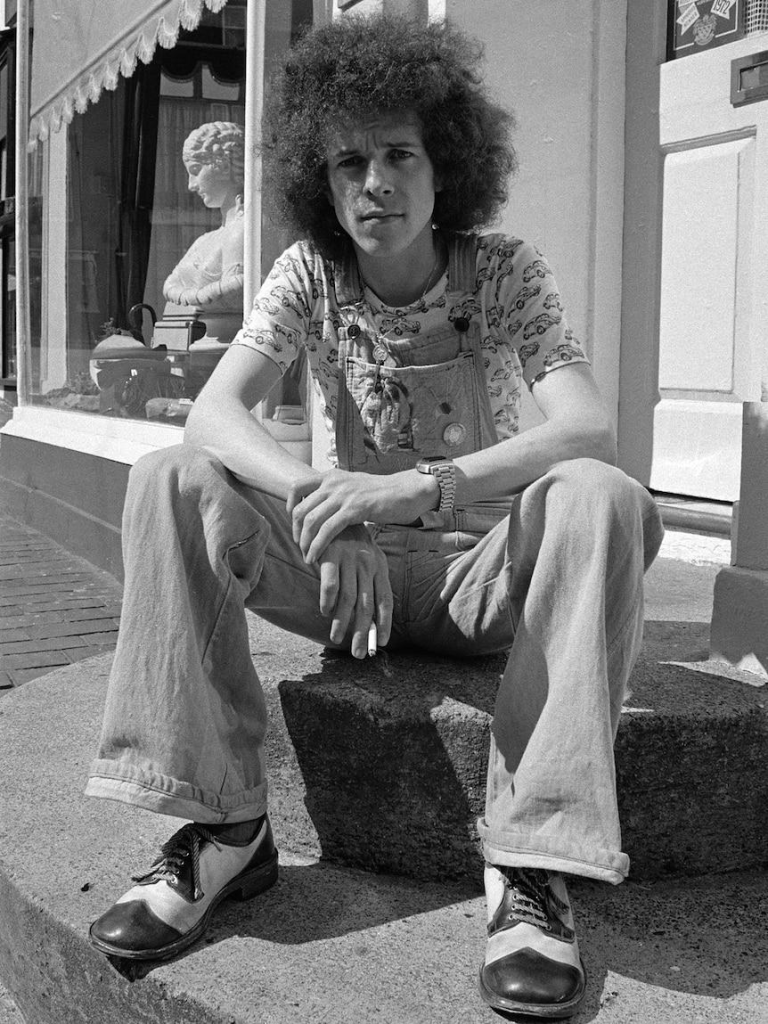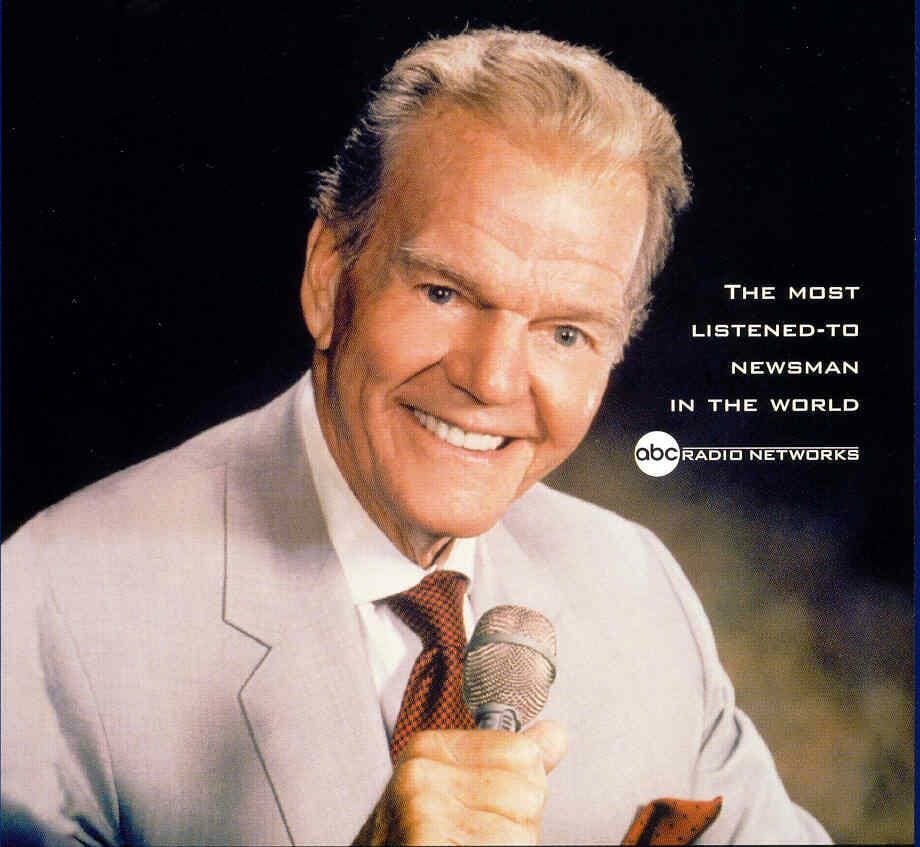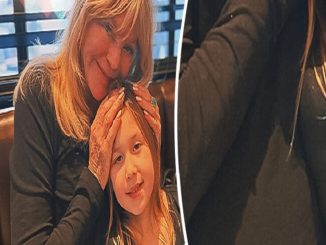“I look at my role as being a friend of Canberra Hospital, I can bring some pleasure and happiness sometimes to people who are really in difficult times in their lives.”
With backing music from a Bluetooth speaker, Sayer croons his way around the cancer wards, making a human connection with everyone he comes across.

Canberra Region Cancer Centre Operations Manager Caroline McIntyre says Sayer’s visits are typically kept a surprise for patients and staff.
“He’s always come in so discreetly,” she says.
“Normally it’s just very quiet, he comes up in the back lift and says hello to literally everybody.
“Some of them are doing it tough, and to have a little bit of joy and light – it really gives them a lift.
“What makes me happy is to see people getting chemo on their feet dancing.”
Jamming with Jimi Hendrix, Countdown and the Troubadour
Originally a graphic designer by trade, English-born Leo Sayer rose to pop prominence in London in the late 1960s, as a singer-songwriter – and was soon adopted by Australia as an honorary son after his first tour here in 1974.
He went on to become an Australian citizen in 2009.
Sayer was a regular on ABC TV’s Countdown during the 70s and 80s, performing chart-toppers like “You Make Me Feel Like Dancing”, “When I Need You”, “More Than I Could Say” and “Orchard Road”.

He blushingly admits they were wild days – when he didn’t always live up to his “good-guy” public persona.
“It was mad, I mean, Top of the Pops in England, Countdown over here,” he says.
“You were mobbed by the fans, I remember being dragged out of a limousine the first tour that I came here, and then speaking to crazy people like Molly Meldrum on TV and trying to sort of like take it all in.”
It seems hard to believe – the petite, well-spoken singer, with a mane of curly hair that inspired changing his name from Gerard to Leo – beating off mobs of screaming fangirls.
Sayer circulated in superstar company, becoming close friends with former Beatles George Harrison and Paul McCartney, collaborating with Roger Daltrey of The Who, and even sharing a sly cigarette or two with John Lennon and Yoko Ono who had a flat above his design studio.
“I met Jimi Hendrix right at the start of his career. I actually jammed with him, playing the harmonica, and him playing the guitar,” he says.
Recalling his 1975 opening night at the famous Troubadour Club in Los Angeles, he looked up to see an intimidating line-up of fans in the front row.

“It was David Bowie, Elton John, and ‘The Fonz’ [Henry Winkler].”
Alongside them: John Cleese, Mick Jagger, Bernie Taupin, and comedian Marty Feldman.
“We never thought it would last, we were adapting to things around us, writing songs about things that are around us,” he says.
“And we thought they were only for our generation — so the amazing thing is my music’s become like a fine wine, where you lay it down and years later, it becomes a collector’s item.
“We’re in an age where the music that I make, young kids are actually latching onto it now, and they’re finding that that generation and that style of music we made is as current now as anything.”
Sayer’s health battles, still spreading hope at 76
Leo Sayer says his hospital charity work caps off a career dedicated to providing joy through music.
“It’s a nice piece of synchronicity really, because I was born in the grounds of a hospital in Shoreham by Sea in Sussex, near Brighton in England,” Mr Sayer said.
“I suppose I’ve always felt comfortable in hospitals and being around hospitals.
“Growing up, my dad was a hospital engineer, Mum was a nurse, my sister was a matron.”

Sayer has health struggles of his own, including three stents in his heart, which help him have a genuine connection to the hospital patients he entertains.
“[My music] is providing something that isn’t taking away from any of the treatment that’s going on. It’s providing something that’s just putting a smile on peoples’ faces.
“Music is communication and that’s what this is all about, we’re communicating, we’re making people feel better.
“We’re not healing people with music, but we are making them feel better about their healing.
“To sell out Canberra Hospital will do me fine.”
In 1965, Paul Harvey’s warning was broadcast: Today, it’s sadly come true

Paul Harvey, the news commentator and talk-radio pioneer whose staccato style made him one of the United States’ most familiar voices, reached more than 24 million listeners at the peak of his career.
Although he was very accurate on everything he had to say, no one could imagine that his famous words from 54 years ago would become the reality of today.
I read this today and thought how relevant it is.
The speech was broadcast by legendary ABC Radio commentator Paul Harvey on April 3, 1965.
He starts his ‘prophesy’ by saying: If I were the Devil… and then continues discussing issues that are these days ours to face.

EVERYBODY should listen to this. Sad to say but Paul Harvey was spot on 54 years ago.
”If I Were the Devil If I were the Prince of Darkness I would want to engulf the whole earth in darkness.
I’d have a third of its real estate and four-fifths of its population, but I would not be happy until I had seized the ripest apple on the tree.
So I should set about however necessary, to take over the United States.
I would begin with a campaign of whispers.
With the wisdom of a serpent, I would whispers to you as I whispered to Eve, “Do as you please.”
To the young I would whisper “The Bible is a myth.” I would convince them that “man created God,” instead of the other way around. I would confide that “what is bad is good and what is good is square.”
In the ears of the young married I would whisper that work is debasing, that cocktail parties are good for you. I would caution them not to be “extreme” in religion, in patriotism, in moral conduct.
And the old I would teach to pray — to say after me — “Our father which are in Washington.”
Then I’d get organized.
I’d educate authors in how to make lurid literature exciting so that anything else would appear dull, uninteresting.
I’d threaten TV with dirtier movies, and vice-versa.
I’d infiltrate unions and urge more loafing, less work. Idle hands usually work for me.
I’d peddle narcotics to whom I could, I’d sell alcohol to ladies and gentlemen of distinction, I’d tranquilize the rest with pills.
If I were the Devil, I would encourage schools to refine young intellects, but neglect to discipline emotions; let those run wild.
I’d designate an atheist to front for me before the highest courts and I’d get preachers to say, “She’s right.”
With flattery and promises of power I would get the courts to vote against God and in favor of pornography.
Thus I would evict God from the courthouse, then from the schoolhouse, then from the Houses of Congress.
Then in his own churches I’d substitute psychology for religion and deify science.
If I were Satan I’d make the symbol of Easter an egg
And the symbol of Christmas a bottle.
If I were the Devil I’d take from those who have and give to those who wanted until I had killed the incentive of the ambitious. Then my police state would force everybody back to work.
Then I would separate families, putting children in uniform, women in coal mines and objectors in slave-labor camps.
If I were Satan I’d just keep doing what I’m doing and the whole world go to hell as sure as the Devil”
I use to listen to Paul Harvey with my mom in the 70s. He is very accurate on everything he says. All the things he mentioned 54 years ago are exactly what’s going on NOW!
Incredible man, Incredible insight. Share this if you agree.



Leave a Reply